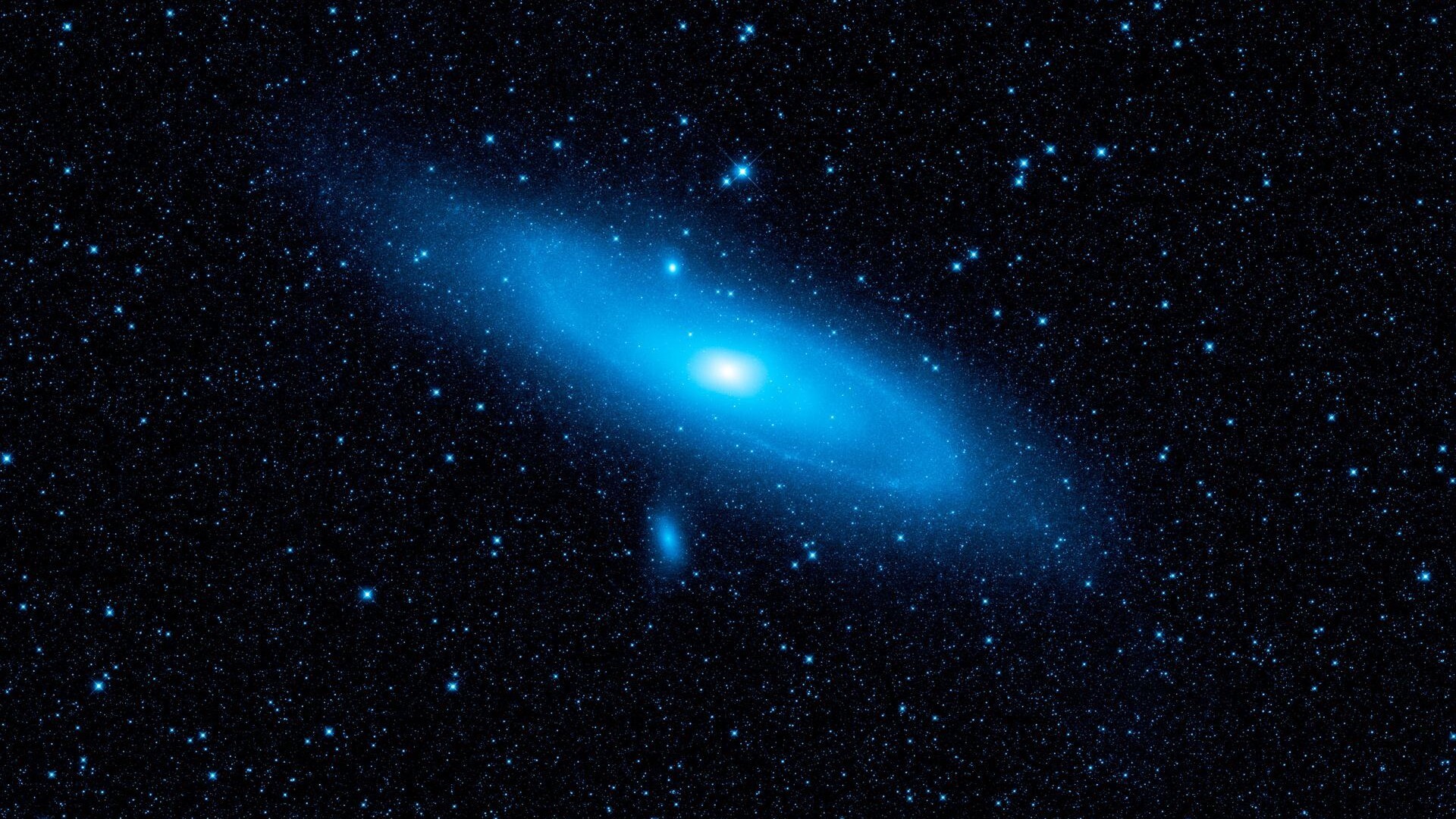Buildings, Vol. 14, Pages 377: Prediction of the Compressive Strength of Vibrocentrifuged Concrete Using Machine Learning Methods
Buildings doi: 10.3390/buildings14020377
Authors: Alexey N. Beskopylny Sergey A. Stel’makh Evgenii M. Shcherban’ Levon R. Mailyan Besarion Meskhi Irina Razveeva Alexey Kozhakin Anton Pembek Diana Elshaeva Andrei Chernil’nik Nikita Beskopylny
The determination of mechanical properties for different building materials is a highly relevant and practical field of application for machine learning (ML) techniques within the construction sector. When working with vibrocentrifuged concrete products and structures, it is crucial to consider factors related to the impact of aggressive environments. Artificial intelligence methods can enhance the prediction of vibrocentrifuged concrete properties through the use of specialized machine learning algorithms for materials’ strength determination. The aim of this article is to establish and evaluate machine learning algorithms, specifically Linear Regression (LR), Support Vector Regression (SVR), Random Forest (RF), CatBoost (CB), for the prediction of compressive strength in vibrocentrifuged concrete under diverse aggressive operational conditions. This is achieved by utilizing a comprehensive database of experimental values obtained in laboratory settings. The following metrics were used to analyze the accuracy of the constructed regression models: Mean Absolute Error (MAE), Mean Squared Error (MSE), Root-Mean-Square Error (RMSE), Mean Absolute Percentage Error (MAPE) and coefficient of determination (R2). The average MAPE in the range from 2% (RF, CB) to 7% (LR, SVR) allowed us to draw conclusions about the possibility of using “smart” algorithms in the development of compositions and quality control of vibrocentrifuged concrete, which ultimately entails the improvement and acceleration of the construction and building materials manufacture. The best model, CatBoost, showed MAE = 0.89, MSE = 4.37, RMSE = 2.09, MAPE = 2% and R2 = 0.94.

 3 months ago
42
3 months ago
42


